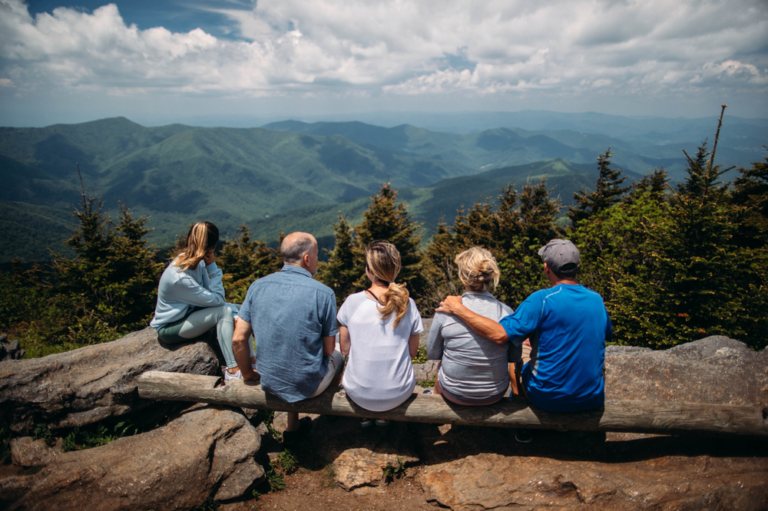Everyone, whether they like to admit it or not, has fears and gets anxious about certain things—whether it’s a spider crawling on the ground or getting up in front of large groups of people. Most of the time, people can cope with these fears, brush them aside, and go about their day. But when fear escalates into something debilitating—when it causes someone to avoid daily activities or even certain people—it becomes what we call a phobia. Phobias affect nearly 10% of the population, making them one of the most common psychiatric disorders.
What is a Specific Phobia?
A specific phobia is an extreme, irrational fear of a particular object or situation, which leads to avoidance behavior and intense anxiety. For example, someone with arachnophobia, or fear of spiders, may refuse to enter a room if they believe there could be a spider inside. And as someone who doesn’t love spiders either, I get it—but the difference is I wouldn’t cancel a camping trip just because there’s a chance a spider could be nearby. For someone with arachnophobia, however, that possibility would be enough to make them avoid outdoor activities altogether.
The term “specific phobia” refers to fear that is focused on one particular thing—be it an animal, an environment, or even a situation. The Diagnostic and Statistical Manual of Mental Disorders (DSM-5) classifies specific phobias separately from agoraphobia and social phobia, which are distinct but related disorders.
Types of Specific Phobias
Specific phobias are typically broken down into the following categories:
- Animal Phobias: Fear of specific animals like dogs (cynophobia), snakes (ophidiophobia), and spiders (arachnophobia). These phobias are among the most common. The avoidance that comes with them can be life-altering. Take arachnophobia, for instance—people will avoid hiking or even going to certain friends’ houses just because they know spiders are likely to be present.
- Natural Environment Phobias: This includes fear of heights (acrophobia), storms (astraphobia), or water (aquaphobia). Someone with aquaphobia may avoid swimming pools, lakes, or beaches entirely. The fear of drowning or being in deep water can often outweigh the enjoyment of a summer beach day.
- Blood-Injection-Injury Phobias: One of the most intense and common phobias is the fear of blood, needles, or injuries. This particular type of phobia is tricky because it often results in fainting due to the body’s unique response to blood or injury. Hemophobia (fear of blood) can cause individuals to avoid necessary medical care, making it one of the more serious phobias to manage.
- Situational Phobias: These are fears triggered by specific situations, such as fear of flying (aerophobia), fear of driving, or fear of enclosed spaces (claustrophobia). The level of avoidance that situational phobias cause can be extremely disruptive. For instance, someone with a fear of flying may go to extreme lengths to avoid boarding an airplane, which can affect their career or personal life.
- Other Phobias: There are some phobias that seem oddly specific but are no less debilitating. For example, some people experience emetophobia, or the fear of vomiting, to such an extreme that they avoid eating in certain situations, afraid of getting sick in front of others. There’s even a fear of developing phobias—phobophobia—which ironically feeds into anxiety disorders.
Symptoms of a Specific Phobia
For someone with a specific phobia, encountering—or even thinking about—their feared object or situation can trigger intense anxiety, including:
- Rapid heartbeat
- Sweating
- Trembling
- Shortness of breath
People often catastrophize, imagining the worst possible outcomes. For example, I’ve had moments of worry about being surrounded by a pack of angry raccoons in the woods. Someone with a raccoon phobia might take that fear to the extreme, imagining a rabies outbreak and then avoiding parks altogether.
The key distinction between a regular fear and a phobia is the disproportionate response to the threat. Feeling nervous on a ladder is natural; refusing to go up to the second floor of a building because you’re afraid of heights is where it becomes a phobia.
What Causes Specific Phobias?
The exact causes of specific phobias aren’t always clear, but genetics and past traumatic experiences play a role. If you have a family member with a phobia, you’re more likely to develop one. Sometimes, a phobia arises from a single traumatic event—like being bitten by a dog as a child, which could develop into a lifelong fear of dogs (cynophobia).
Interestingly, even people without direct experiences sometimes develop phobias. I once heard of someone with a phobia of birds after witnessing an aggressive crow incident, even though they were never directly harmed. The brain’s protective mechanism can go into overdrive, associating certain stimuli with danger even when it’s unwarranted.
Treatment for Specific Phobias
While phobias can be incredibly disruptive, the good news is that they’re highly treatable. The most effective treatment for phobias typically involves Cognitive Behavioral Therapy (CBT) and exposure therapy. With CBT, patients learn to recognize the irrational nature of their fear and reframe their thoughts.
Exposure therapy is especially useful for phobias. It involves gradual and repeated exposure to the feared object or situation under controlled conditions. For instance, someone afraid of flying might start by just looking at pictures of planes, then move to sitting in a plane on the ground, and eventually work up to taking short flights. This process helps “desensitize” the person to the fear.
I remember hearing about an approach called systematic desensitization, where patients gradually confront their fears while practicing relaxation techniques. Imagine being afraid of snakes but learning how to calm your mind and body while watching a video of one. Eventually, this can translate into being able to see a snake in real life without panicking.
For those who can’t commit to long-term therapy, one-session treatments have also shown promise. In these intensive sessions, patients undergo rapid exposure therapy with a therapist, sometimes finding relief after just one extended session. Of course, the effectiveness depends on the individual, but many people benefit from this quick approach.
Living with a Phobia
Living with a phobia can be incredibly isolating. It’s easy to feel misunderstood or dismissed when people around you don’t experience the same level of fear. As I mentioned earlier, many people have everyday fears—like being uncomfortable around snakes or spiders—but they don’t avoid entire activities because of them. People with phobias, however, might stop socializing, traveling, or even leaving their homes to avoid their triggers.
It’s crucial for people with phobias to seek help because the disorder doesn’t just go away on its own. With the right therapy and support, it’s possible to overcome these fears and regain control over life.





